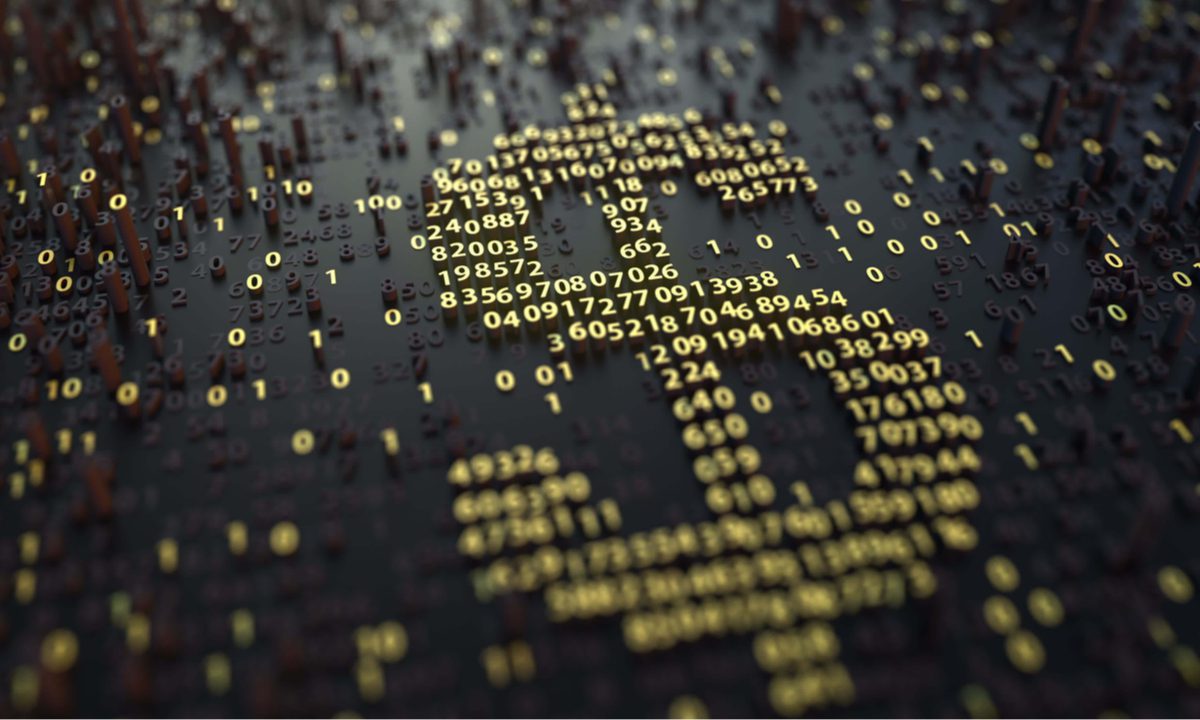
A digital dollar may be on the horizon — or at least, it’s feasible.
After a 12-week project, the Federal Reserve and nine marquee names in banking said Thursday (July 6) that a shared, permissioned, blockchain-based network can be the foundation for a new financial infrastructure.
In terms of the project itself, the Federal Reserve Bank of New York’s Innovation Center and the banks used a proof-of-concept project to delve into whether an interoperable network for central bank digital currency (CBDC), commercial bank digital money and tokenized deposits can be a fully-fledged reality.
Tied to distributed ledger technology, the interactions would take place across a regulated liability network (RLM). The project also included participation from the SWIFT network. The roster of banks included Citigroup, HSBC and Wells Fargo, among others, including Mastercard.
The RLM would conceivably operate by settling directly through the ledger rather than through the traditional means of messaging that is exchanged between banks as each entity is responsible for updating its records, accounts and ledgers.
Thursday’s announcement included a slew of reports, spanning legal and technical frameworks. Delving a bit deeper into what was explored, and what was not, it should be noted that the project does not represent a definitive recommendation that a U.S. CBDC should be formally introduced, and the efforts did not consider stablecoins.
The blockchain is permissioned and would not operate with anonymity. The Innovation Center noted in a press release that “the proof-of-concept is not intended to advance any specific policy outcomes, nor is it intended to signal that the Federal Reserve will make any imminent decisions about the appropriateness of issuing a central bank digital currency, or any other product or service, nor indicate how one would necessarily be designed.”
Elsewhere, the participants noted that the RLN “creates an interoperable network for efficient settlement that might be extended to multiple currencies and assets.”
The results of the project were also summed up in separate technical, business and legal reports that discussed the advantages of having an RLN that would, in unified fashion, update banks’ records and holds simultaneously. The report issued by the working group said that use cases that were tested included domestic interbank payments and cross-border payments in U.S. dollars.
“RLN could become the basis for a novel [financial market infrastructure (FMI)] in which regulated institutions’ liabilities — denominated in national currency units in favor of known users — would be stored, processed and settled on a shared ledger,” the business report stated. “Tokenized, programmable money representing banks’ deposits would be interoperable across different regulated issuers. In allowing for a new tokenized form for regulated money, RLN could provide a foundation for increased financial innovation.”
The tokenized deposits, per the business applicability discussion, via wholesale CBDC, is a “tokenized record of a central bank deposit liability, denominated in U.S. dollars, and is assumed to be equivalent to the liability held in a commercial bank reserve account today.”
Tokenized deposits are being more widely considered and championed across far-flung corners of banking. In a speech given to the Innovate Finance Global Summit in April in the U.K, Bank of England Deputy Governor Sir Jon Cunliffe claimed that tokenized deposits offer “some or all of the functionality and efficiency claimed for stablecoins, allowing banks deposits to compete better with nonbank payment coins.”
Additionally, Rob Hunter, deputy general counsel and director of regulatory and legislative affairs at The Clearing House (TCH) until April, told Karen Webster in an interview late last year, “There’s no reason why banks shouldn’t be allowed to use a new technology to perform functions that are clearly within the business of banking itself,” including “functions like deposit taking and transferring value that banks have been doing for hundreds of years.”